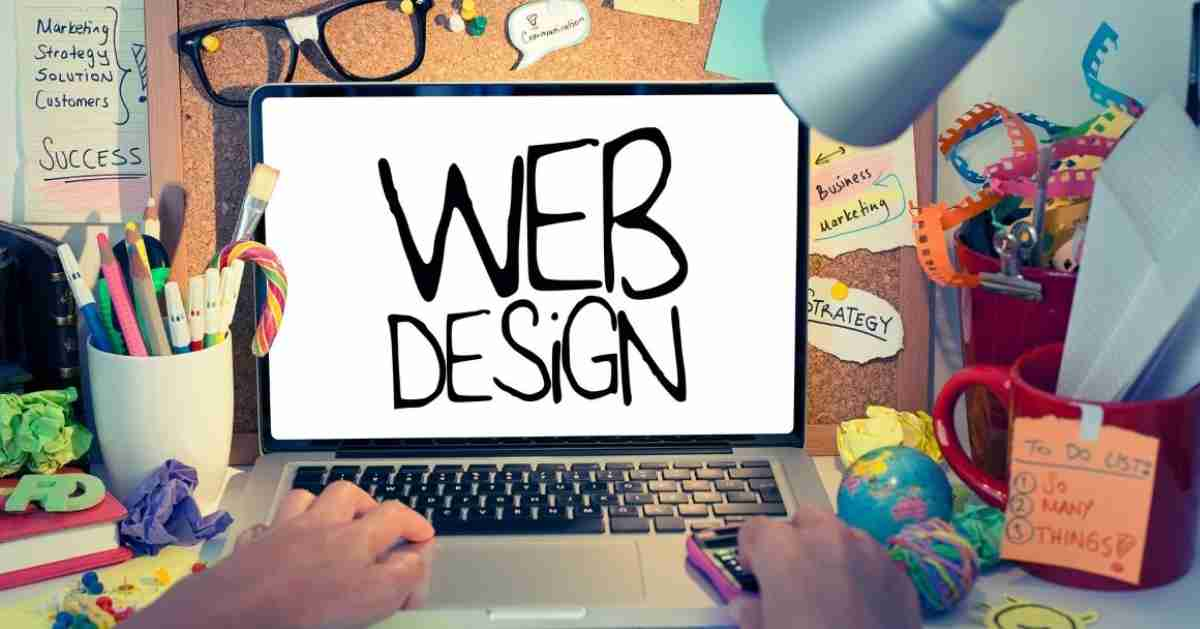11 tips for aspiring web designers

1. Building a website is about technology
In this article, we formulated a few theses of the course, which will help beginner designers understand how to make sites for themselves or clients. You should understand that it is unrealistic to please all clients, but this should not prevent you from further development. Take a look at 10 tools to boost your brand to simplify your work and prevent bad situations.
No matter how creative the assignment, success in website creation is all about discipline. Following a website production script and sticking to the sequence is some guarantee of a satisfactory result.

2. You can’t work on a project you hate
The field of design in the client is not always right. Building communication, in this case, is more difficult, but the designer needs to learn if not to love, but at least respect the business customer. A professional designer is distinguished by the ability to set himself or herself up in a positive way and be enthusiastic about the project.
3. Ability to listen – the first thing that should learn a designer
It is easy to solve problems of people who are close in spirit, interests, social status. But more often than not, a designer has to deliberately delve into context.
One has to understand the world in which one exists. Each of us has unique experiences (events we have experienced) that determine how we relate to the world. When we listen to a person, we have to try to get into their character, as actors do. Feel yourself in their shoes. Also know web design companies in San Francisco.
4. An idea takes time
After you’ve formulated the task, don’t torture your brain, give your subconscious time to find a solution.
Switch to another task, or better yet, take a break: do sports, go for a walk around town, talk to friends. This advice is not new, but it works – after a while, the idea is sure to appear.
5. Use mind mapping to generate ideas
If you are short of time and need to speed up the process, you can use the technique of generating ideas – mind mapping. Take a sheet of large paper and start writing out all the project-related associations that come to mind, gradually structuring them. Rock your brain, tune it to the right area. As you search for second, third level associations, you are sure to get interesting ideas and findings that will surprise you.
Also know about: the best web design companies.
6. Looking at pictures is work
For a good designer, looking at profile resources is a daily routine, as much a chore as drawing layouts. Hundreds of styles and directions must fit in your head.
7. Follow trends
A designer is a conduit for the development of visual culture, so it’s important to be in the current context.
A trendy website is not an end in itself but avoids outdated solutions. They may pass for healthy conservatism today, but the world is changing so fast that in six months your work will look like a dinosaur.
Good design is the result of your self-development and self-education
Don’t stop learning. The world is changing very fast, and if you want to win the competition, you need to be constantly learning new things. Follow trends, study design theory to understand fundamental things. Good design doesn’t start in the computer but your head. Fill it with quality knowledge.
8. Learn more than just web design
The hallmark of web design is multidisciplinarity. Take an interest in what’s new in architecture, interiors, fashion, culture, branding, illustration, photography, video, mobile apps.
A designer solves different problems all the time, and the more you understand different areas, the easier it will be to communicate with colleagues and customers. You’ll have to set tasks for an illustrator or photographer, and it’s easier to do that when you can quickly gather references and show what you want to see.
9. Find inspirational people
Subscribe to the blogs of designers whose work impresses you. Follow what they share. Professionals are usually purveyors of quality information, and you can learn new things through them. By watching them, you’ll understand how they think, and you can adopt their value system.
10. Limit your color palette
Color is simple. It’s a super basic unit like a letter. But that doesn’t mean you have to paint everything in different colors. On the contrary, use one color that will take up 80-90% and an additional color as an accent. One is the best option. Three should not be used. Two is very neat.
11. Captivate the user with thoughtful typography
Content needs to be well designed. It’s not enough just to lay out a piece of text – read it! The reader’s attention must be controlled. Use the techniques of graphic design.
Large headlines, the use of ultra-thin fonts, interesting font combinations that set the style of the site – all that used to be characteristic of print, moved to the web and adapted to the new format.
